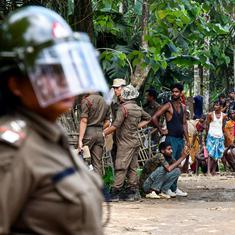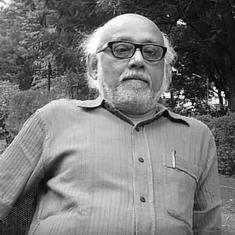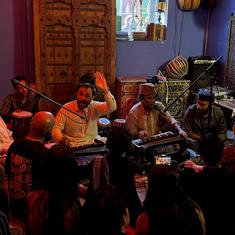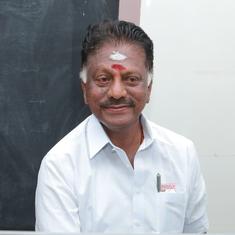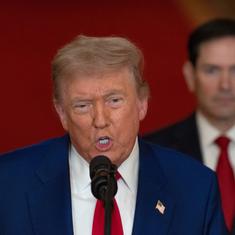Continuing with our series on Dadra, a rhythmic cycle of six matras or time-units, we look at three more regional variations of this taal. Listeners will note the special syncopation that is used in each case, adding colour to the textbook version of Dadra. Importantly, these variations and many more go into creating the universe of Dadra, as is the case with other taals found in folk music. Tabla players performing for Hindustani music do not necessarily have to incorporate these interpretations, but sensitive artistes do not remain bound behind walls of “right” and “wrong”. They do what their hearts and minds tell them to, so long as they have the conviction.
The first track features a Garhwali song from Uttarakhand. Composed by Vinod Chauhan in the pop song format, it is sung and penned by Darshan Farswan. The hudka, an hour-glass shaped drum, is seen in the music video and can be heard on the track as well. It is an instrument integral to the folk music of Uttarakhand. While the six-matra structure is discernible, the delayed or stretched out strokes in the groove lend a peculiar gait to the cycle.
Garba, a song and dance form from Gujarat, also uses a taal that has a six-matra structure. However, some treat it as a four or eight-matra taal that has a triplet feel. It is called heench and often alternates in a single song with a double tempo Dadra or Khemta or with the eight-matra Kahervaa. The next track has a rendition by well-known composer and singer Ashit Desai and his wife Hema Desai.
Rhythms from folk music extend beyond political boundaries, as do melodies. This is true of Dadra too, as we find variations of the taal in different parts of the Indian subcontinent. The next track features a Sindhi song sung by Abdullah Panhwar. The theka or string of syllables played on the dholak to represent the framework of the taal, is yet another instance of a twist to the conventional gait of the Dadra theka.



